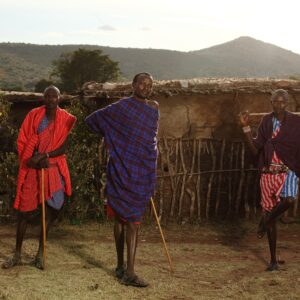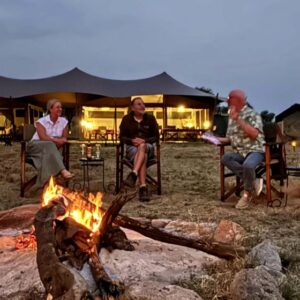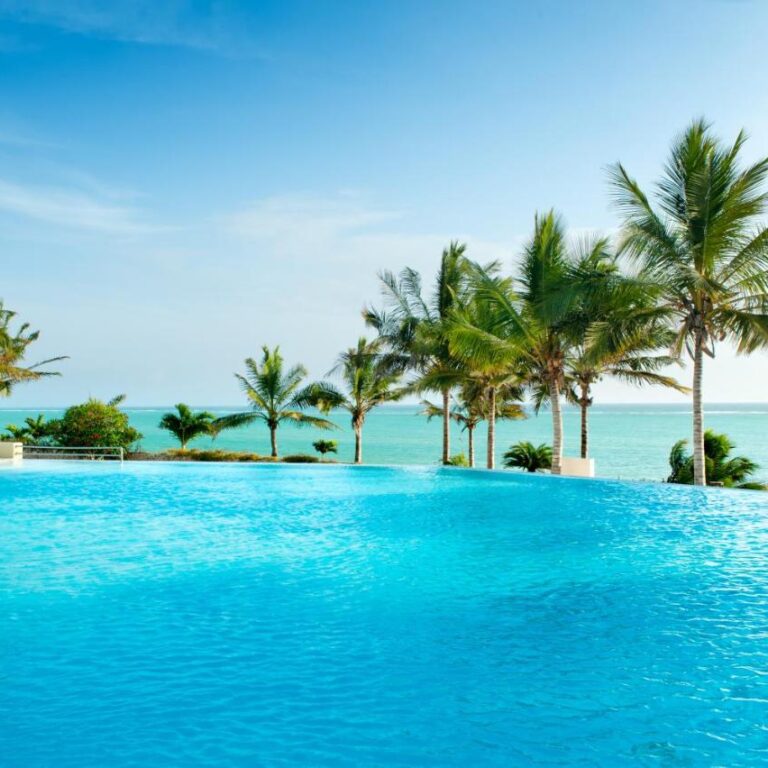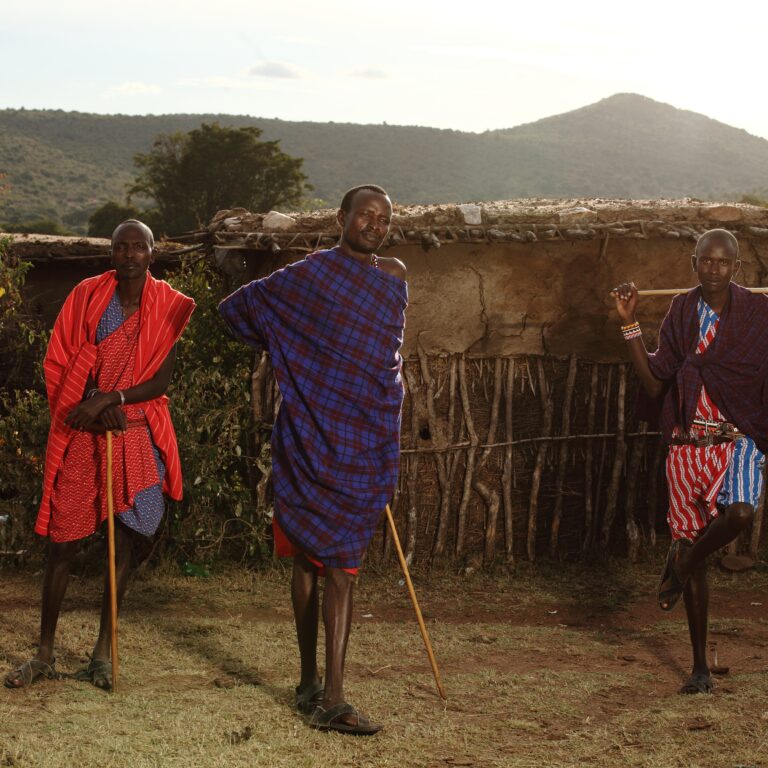Kilimanjaro, the majestic “Roof of Africa,” stands as a beacon for adventurers worldwide. While reaching its summit doesn’t demand technical climbing expertise, it presents a formidable challenge that trips up approximately half of all aspiring trekkers: altitude sickness. The key to a successful and safe ascent lies not in physical prowess alone, but overwhelmingly in effective acclimatization. Understanding and diligently applying the principles of acclimatization is the single most critical factor in conquering Kilimanjaro’s immense height.
The best acclimatization for climbing Kilimanjaro involves a slow and gradual ascent, staying hydrated, and potentially using medication like Diamox, while avoiding overexertion and substances like alcohol or sleeping pills. Longer routes like Lemosho and Machame offer better acclimatization opportunities by incorporating “climb high, sleep low” strategies.
Slow and Steady Ascent: The “Pole Pole” Philosophy
In Tanzania, the mantra for climbing Kilimanjaro is “pole pole” (po-lay po-lay), meaning “slowly, slowly.” This isn’t just a quaint local saying; it’s the fundamental principle of successful acclimatization. Your body needs time to adapt to the decreasing oxygen levels as you gain altitude. Rushing the ascent is the fastest way to invite severe altitude sickness.
A slow, deliberate pace ensures that your body has the opportunity to produce more red blood cells, increase respiration efficiency, and make other crucial physiological adjustments. Even if you feel strong and energetic, resist the urge to push ahead. Many climbers feel great at lower altitudes only to be struck down by debilitating symptoms higher up because they ascended too quickly. A gradual climb, moving at a pace that allows for easy conversation without gasping for breath, is the cornerstone of effective acclimatization. This also means minimizing rapid elevation gains between sleeping camps.
“Climb High, Sleep Low”: Maximizing Adaptation
One of the most effective strategies for acclimatization is the “Climb High, Sleep Low” principle. This involves ascending to a higher elevation during the day, spending some time there, and then descending to a lower camp for the night’s sleep. This technique allows your body to experience and begin adapting to higher altitudes while providing the benefit of sleeping at a slightly lower (and thus more oxygen-rich) elevation. When you go to a higher altitude, your body begins its acclimatization process. By descending to a lower camp to sleep, you give your body a slight reprieve, allowing for better rest and recovery, which is crucial for continued adaptation. Routes like Machame and Lemosho are designed with this principle in mind, featuring daily ascents to higher points (like Lava Tower or Barranco Camp from Shira Camp) before descending to sleep. This strategic elevation profile significantly boosts success rates.
Hydration: Fueling Your Body’s Adaptation
Proper hydration its critical for effective acclimatization and overall well-being on Kilimanjaro. As you ascend, the air becomes drier, and your body loses more fluid through respiration. Additionally, the physiological processes of acclimatization demand more water. Dehydration can exacerbate the symptoms of altitude sickness and leave you feeling fatigued and unwell. Aim to drink 3-5 liters of water per day, sometimes more, depending on your individual needs and the day’s activity level. This includes plain water, as well as electrolyte-rich drinks, teas, and soups provided by your crew. While the frequent need to urinate can be inconvenient. It’s a clear sign you’re hydrating effectively. Avoid sugary drinks and excessive caffeine, as they can contribute to dehydration.
Eat Well: Sustaining Energy and Acclimatization
Your body is working incredibly hard to adapt to the altitude, and it needs sufficient energy to do so. Eating well is fundamental to maintaining strength, warmth, and aiding acclimatization. Despite potential appetite loss at higher altitudes, it’s vital to consume enough calories. Your climb operator should provide a varied and nutritious diet rich in carbohydrates (for energy), proteins (for muscle repair), and fats. Don’t skip meals, even if you don’t feel particularly hungry. Small, frequent snacks can be easier to manage than large meals. Listen to your guides; they will encourage you to eat. Knowing its importance to avoid altitude Sickness on Kilimanjaro. A well-nourished body is better equipped to handle the stresses of altitude.
To prepare for Kilimanjaro’s high altitude, focus on a combination of physical training, acclimatization strategies, and mental preparation. This includes building endurance through aerobic exercise and strength training, practicing hiking with a pack, and potentially using altitude simulation equipment. It’s also crucial to ascend gradually, stay hydrated, and be mindful of altitude sickness symptoms.
Medication: A Proactive Measure (with Caution)
While not a substitute for proper acclimatization, certain medications can aid in preventing or mitigating altitude sickness symptoms. Diamox (Acetazolamide). This is the most commonly prescribed medication for altitude sickness prevention. It works by accelerating the body’s natural acclimatization process. Primarily by increasing respiration and helping the kidneys excrete bicarbonate, which rebalances blood pH. It should be taken as prescribed by a doctor, typically starting a day or two before ascending above 3,000 meters (around 10,000 feet). Be aware of potential side effects, such as tingling in fingers and toes, frequent urination, and altered taste.
Dexamethasone. A powerful steroid, Dexamethasone, it’;s usually reserved for treating severe altitude sickness (HAPE or HACE). Not typically used for prevention on Kilimanjaro unless under very specific medical advice. This must be administered by a qualified medical professional or guide in an emergency.
Always consult your doctor or a travel medicine specialist well in advance of your trip to discuss whether these medications are appropriate for you. Never self-medicate or rely solely on medication without adhering to other acclimatization principles.
Avoid Depressants: Keep Your Body Optimal
To give your body the best chance to acclimate effectively. It’s strongly advised to avoid depressants while on the mountain. This includes: Alcohol dehydrates the body and can suppress respiratory drive, hindering acclimatization and worsening altitude sickness symptoms. Tobacco/Nicotine. Smoking reduces the efficiency of oxygen absorption in the lungs and can impair cardiovascular function, making altitude adaptation more difficult. Sleeping pills. While tempting, if sleep is difficult at altitude, sleeping pills can depress your respiratory system, especially during the crucial hours of sleep, increasing the risk of more severe altitude problems. Maintaining a clear head and an optimally functioning body is vital at high altitudes.
To acclimatize safely on Kilimanjaro, choose a longer route (7-9 days), ascend gradually, stay hydrated, and eat well, even if you’re not hungry. “Climb high, sleep low” is a good strategy, and consider Diamox with your doctor’s guidance. Pace yourself (“pole pole” – slowly, slowly), and be mindful of altitude sickness symptoms.
Choose the Right Route: Time on the Mountain Matters
The selection of your Kilimanjaro route directly impacts your acclimatization opportunity. As mentioned, choosing a longer route is one of the most effective strategies for success. Marangu (5-6 days). While popular due to hut accommodation. Its rapid ascent profile often results in the lowest summit success rates. Machame (6-7 days) and Rongai (6-7 days). Offer better acclimatization profiles than Marangu. Lemosho (7-8 days). Widely considered one of the best routes for acclimatization due to its longer duration and “climb high, sleep low” opportunities. Northern Circuit (9-10 days). This is the longest route and offers the absolute best acclimatization, consistently yielding the highest summit success rates.
While shorter routes might seem appealing for time or cost savings, the increased risk of altitude sickness and the higher chance of failure make them a false economy. Investing in a longer itinerary is investing in your safety and success.
Train Before You Go: Building Your Foundation
While acclimatization happens on the mountain, training before you go lays the essential physical foundation. It prepares your body for sustained physical exertion. Strengthens crucial muscle groups and builds the cardiovascular endurance needed to cope with the demands of trekking at altitude. To prepare for climbing Mount Kilimanjaro, focus on physical training, acclimatization, and proper gear. Train for at least 3-4 months, prioritizing hiking with weight and building endurance. Break in your boots and pack layers of clothing suitable for varying temperatures. Choose a longer route for better acclimatization and consider altitude medication. Stay hydrated, maintain a positive attitude, and be prepared for altitude sickness. Your training should focus on:
Cardiovascular fitness. Regular long walks (especially with a weighted pack), hiking, running, cycling, or swimming. Aim for sessions of 1-3 hours, 3-5 times a week, building up to longer hikes. Strength training. Focus on leg, core, and back strength to handle uphill and downhill trekking. Squats, lunges, step-ups, and core exercises are beneficial. Hiking on varied terrain. If possible, train on hills or inclines similar to what you’ll encounter on Kilimanjaro. This also helps break in your hiking boots. Mental preparation. Long training sessions build mental resilience, which is just as important as physical strength on summit night.
Adequate physical conditioning won’t prevent altitude sickness. But it will ensure your body isn’t overly stressed by the physical demands, allowing it to focus its resources on acclimatization.
Listen to Your Body: Your Best Guide
Ultimately, your body its your best guide on Kilimanjaro. Listen to its signals and communicate any symptoms of altitude sickness to your guides immediately. Mild symptoms (like a headache or mild nausea) are common and often resolve with rest and hydration. However, if symptoms worsen or include severe headache, persistent nausea/vomiting, extreme fatigue, dizziness, confusion, or difficulty breathing, it’s crucial to descend.
Experienced guides are trained to recognize these signs and will monitor your health carefully. Trust their judgment, as they prioritize your safety above all else. Pushing through severe symptoms can be fatal. Remember, reaching the summit is optional, but returning safely is mandatory. While Kilimanjaro is a popular trekking destination. It’s important to be aware of the risks, including altitude sickness, which can be fatal. Although the majority of climbers successfully reach the summit, there are annual fatalities, typically between 3 and 10, due to altitude-related illnesses. These illnesses, such as high-altitude pulmonary edema (HAPE) and high-altitude cerebral edema (HACE), can be serious and require prompt medical attention.
Choose the Best Kilimanjaro Tour Operator: Your Safety Net
Your choice of Kilimanjaro tour operator is perhaps the most crucial decision you’ll make for acclimatization and overall safety. Don’t opt for the cheapest operator, as corners are often cut in critical areas like guide training, porter welfare, and food quality. All of which impact your safety and acclimatization. Research reviews, check credentials, and ask detailed questions about their safety procedures. A reputable operator will:
Prioritize Safety and Acclimatization. They will advocate for longer routes (7+ days) to maximize acclimatization, understanding that a slower pace leads to higher success rates and safer climbs. Employ Experienced, Well-Trained Guides. Guides are your front-line medical responders. They should be certified in wilderness first aid, skilled in recognizing and managing altitude sickness symptoms, and empowered to make the call for descent if necessary. They should also carry pulse oximeters to monitor your oxygen saturation levels. Maintain Proper Guide-to-Client Ratios. Ensuring sufficient oversight and personalized attention, especially as fatigue sets in.
Provide Quality Equipment and Food. Reliable tents, sleeping bags, and nutritious, plentiful meals contribute significantly to your well-being and ability to acclimatize. Practice Ethical Porter Treatment. Beyond the moral aspect, well-treated porters are happier, more efficient, and contribute to the overall positive atmosphere and safety of the climb. Look for operators affiliated with the Kilimanjaro Porters Assistance Project (KPAP). Emergency Protocols. A professional operator will have clear. Well-rehearsed emergency evacuation procedures.
By embracing these core principles of acclimatization. Hikers significantly enhance their chances of a safe, successful, and truly unforgettable journey to the roof of Africa.








